Natural Controls for The Evil Weevil
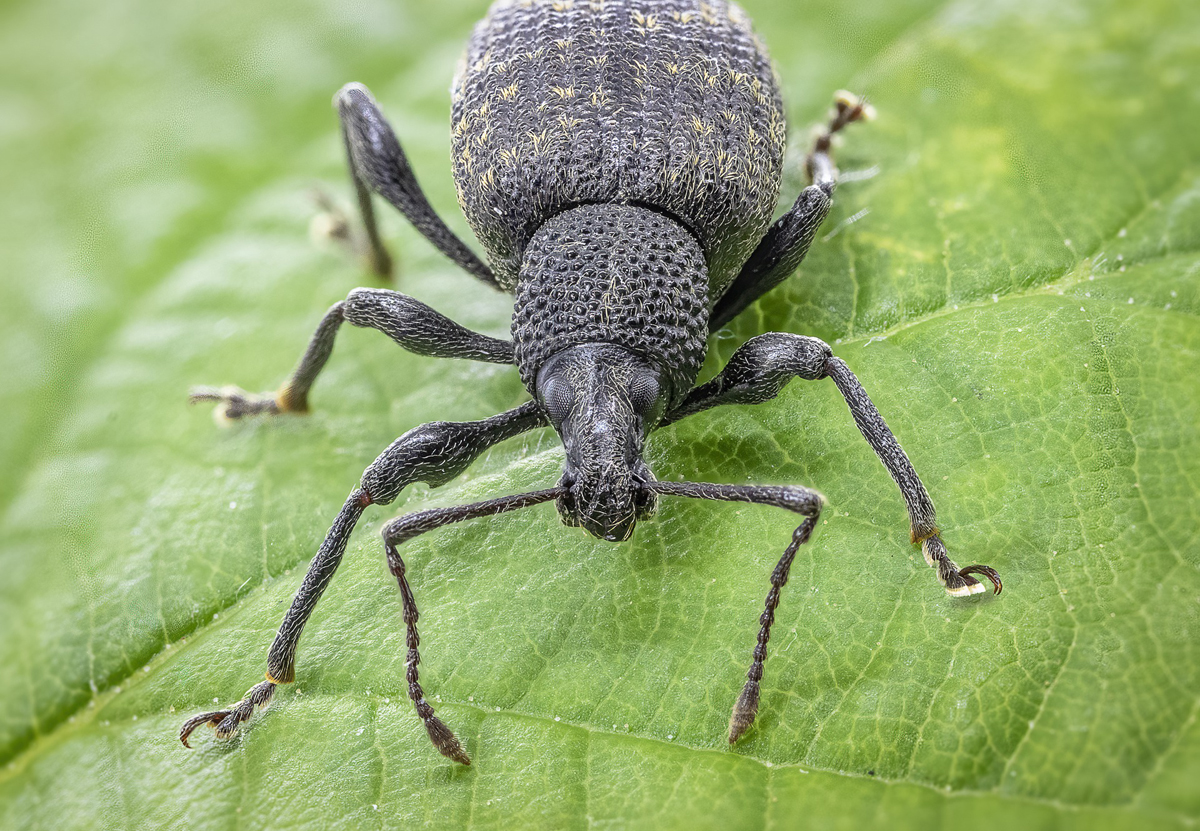
The tell-tale signs are there: C- shaped notches in leaves; stunted growth; and even yellow, wilting leaves – a black vine weevil infestation! This insect infects over 200 plants but the most common include rhododendrons, azaleas and yew. There are few garden pests that are as difficult to get rid of as this weevil but by targeting the young and vulnerable larvae and using a few cultural practices, gardeners can get good control of this nuisance.
Identification
The adult weevil is a dark, oval-shaped insect, ½” in length with a blunt snout and distinct antennae. In North America, all of the adults are females so every insect has the ability to cause and infestation. Feeding occurs at night; the adults do not fly but instead need to crawl up plants. The larvae are off-white in color with dark heads and can also do extensive damage as they feed on plant roots.
Life Cycle
The adult weevils emerge from the soil in late May or early June through mid-July. These adults feed for 4-5 weeks in order to produce the 300+ eggs that are dropped into the ground under the plant. The eggs hatch within 2 weeks and the larvae then tunnel into the soil where they feed on plant roots. They then tunnel deeper into the soil to protect themselves from frost and pupate in the spring.
Control Methods
Understanding the lifecycle and feeding practices of the weevil is the key to keeping the pest under control. Since adult weevils feed on leaves during the night and look for dark, moist spots during the day to rest, trapping them in these areas can be quite effective.
Hand Picking
With the aid of a flashlight, pick-off the adults in the evening as they come out to feed.
Traps
*Simply placing a white drop cloth under your plant in the evening or early morning and shaking the leaves will help to catch many of the adults.
*During the day, place a board under the plant. Check the board for hiding adults and scrape them off into a bucket of soapy water.
*Place a wrapper around the trunk of the plant and coat it with a sticky substance such as Tanglefoot. The wrapper should be at least 6″ wide.
Mulching
The eggs and larvae of the black vine weevil require moisture to survive. If your plants are heavily mulched, pull back this mulch to allow the surface of the soil to dry out and do not water plants unless necessary.
Beneficial Nematodes
Rather than attacking the adults, beneficial nematodes go after the larvae in the soil and are a safe & natural method of controlling black vine weevil. A few things are critical in order to get good control:
Timing & Temperature – Beneficial nematodes require a soil temperature of at least 60 F to work. Gardeners often miss the critical period in the spring since the weevil larvae pupate fairly early, before the soil warms. The late summer and early fall is the best time to apply nematodes.
Moisture – The root zone around the plant must be moist since nematodes don’t swim and require water to carry them through the soil. Water the area before and after application.
Resources:
Rutgers Cooperative Extension Fact Sheet – http://www.rce.rutgers.edu/pubs/pdfs/fs667.pdf
Ohio State University Fact Sheet – http://ohioline.osu.edu/hyg-fact/2000/2016.html – Black Vine Weevil information
Terra Viva Organics – http://www.tvorganics.com – source of beneficial nematodes
The Author:
Arzeena is an agronomist and garden writer.


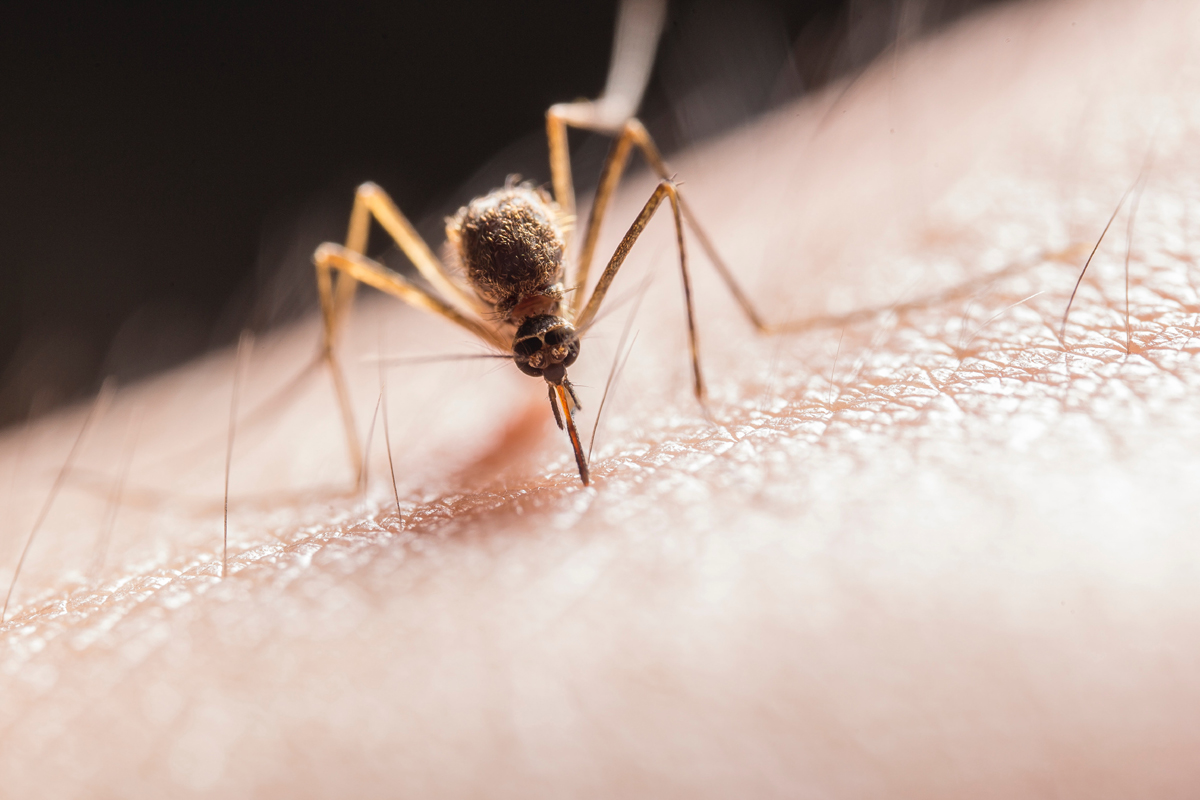
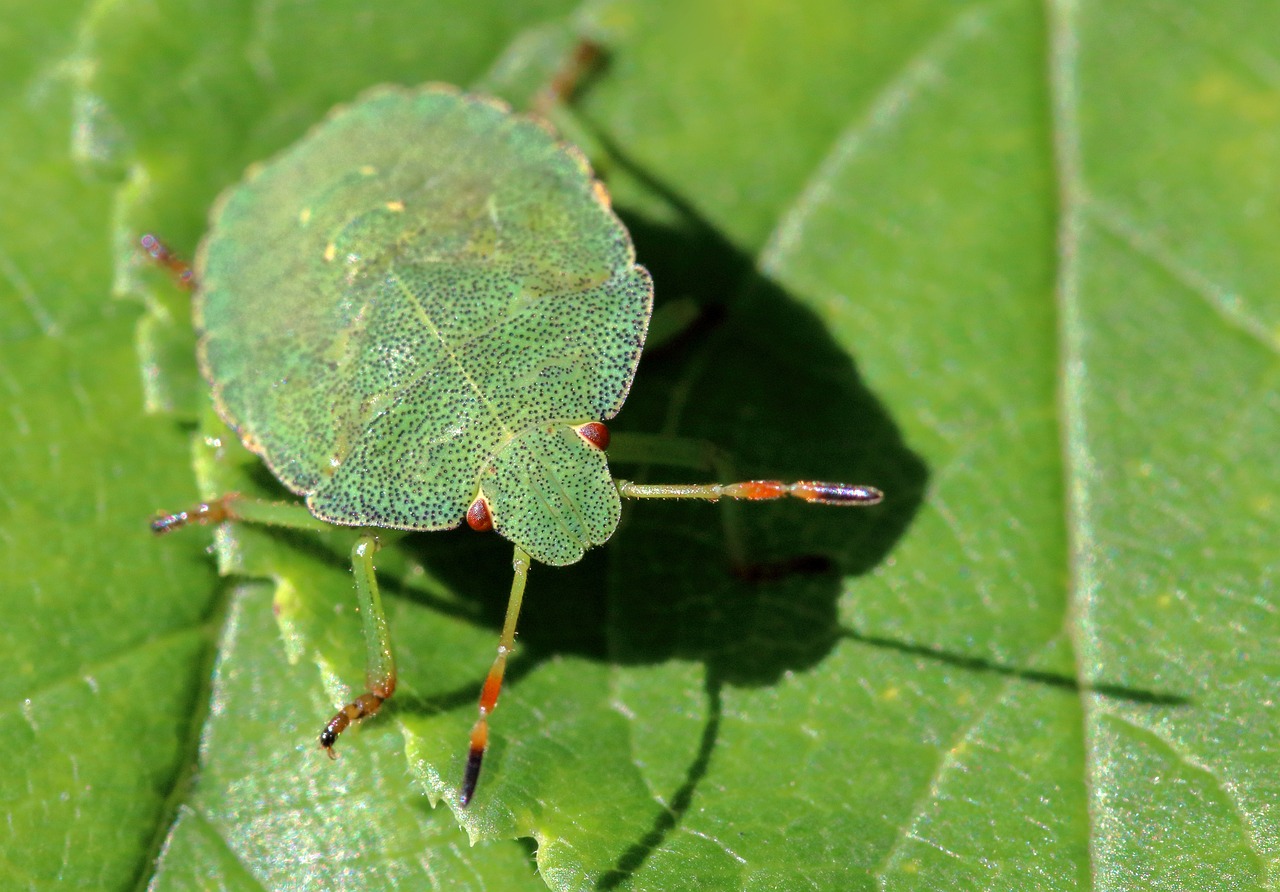
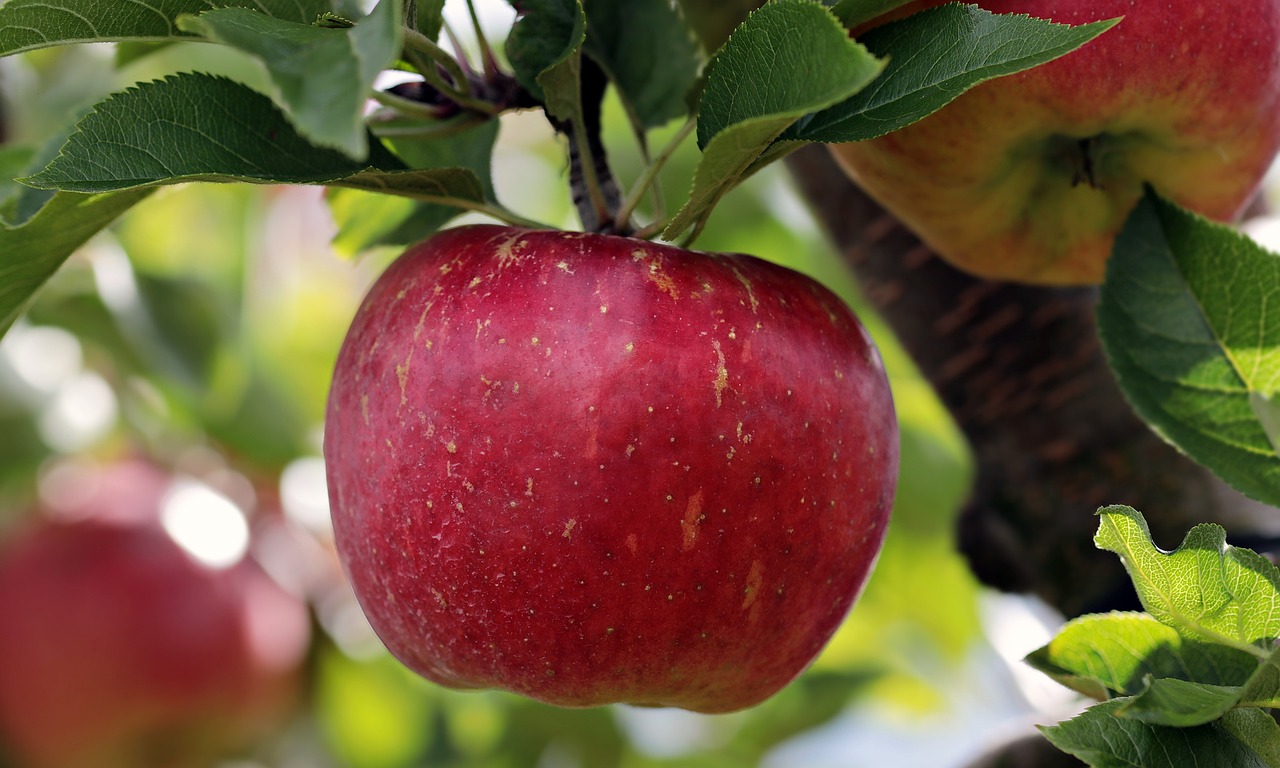
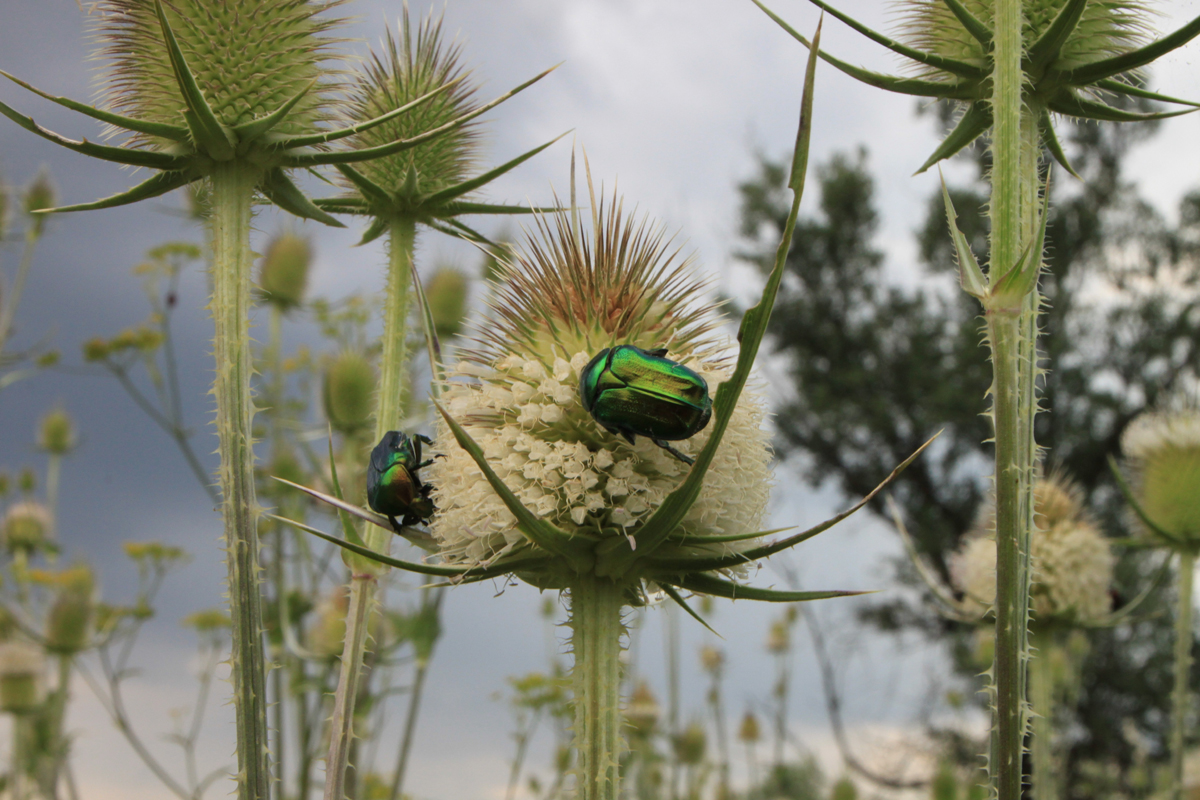
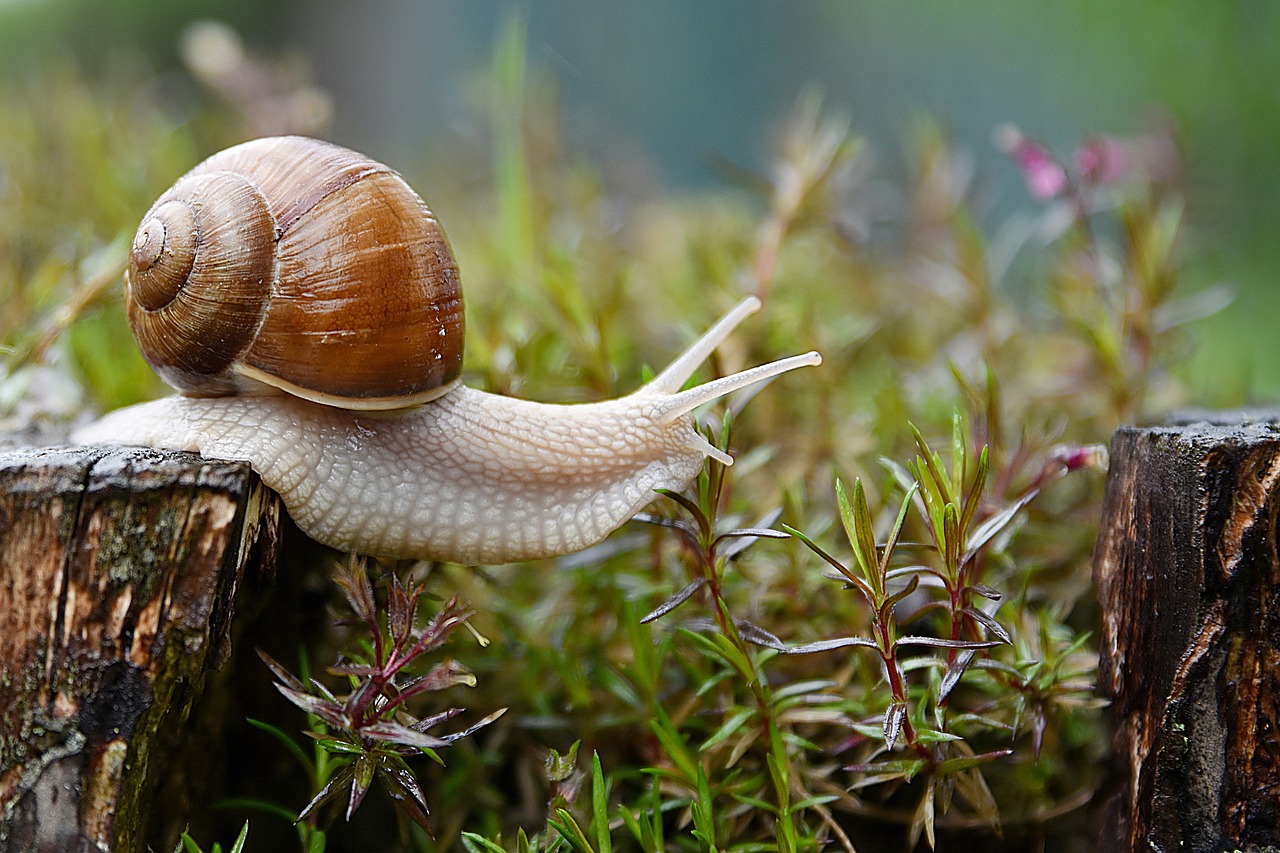
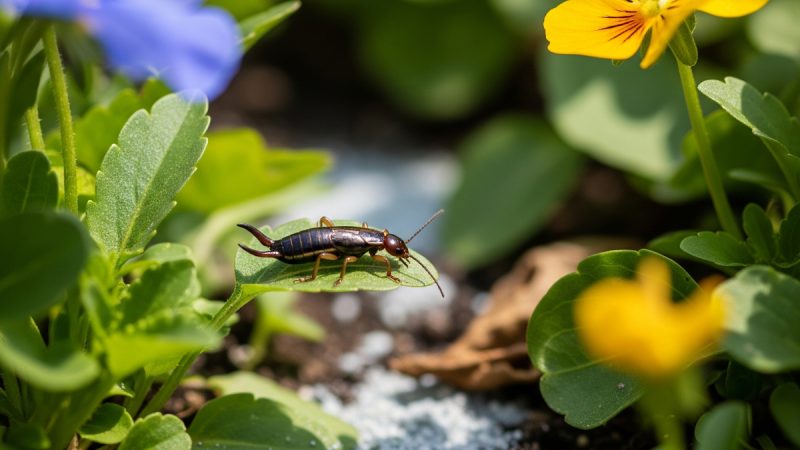
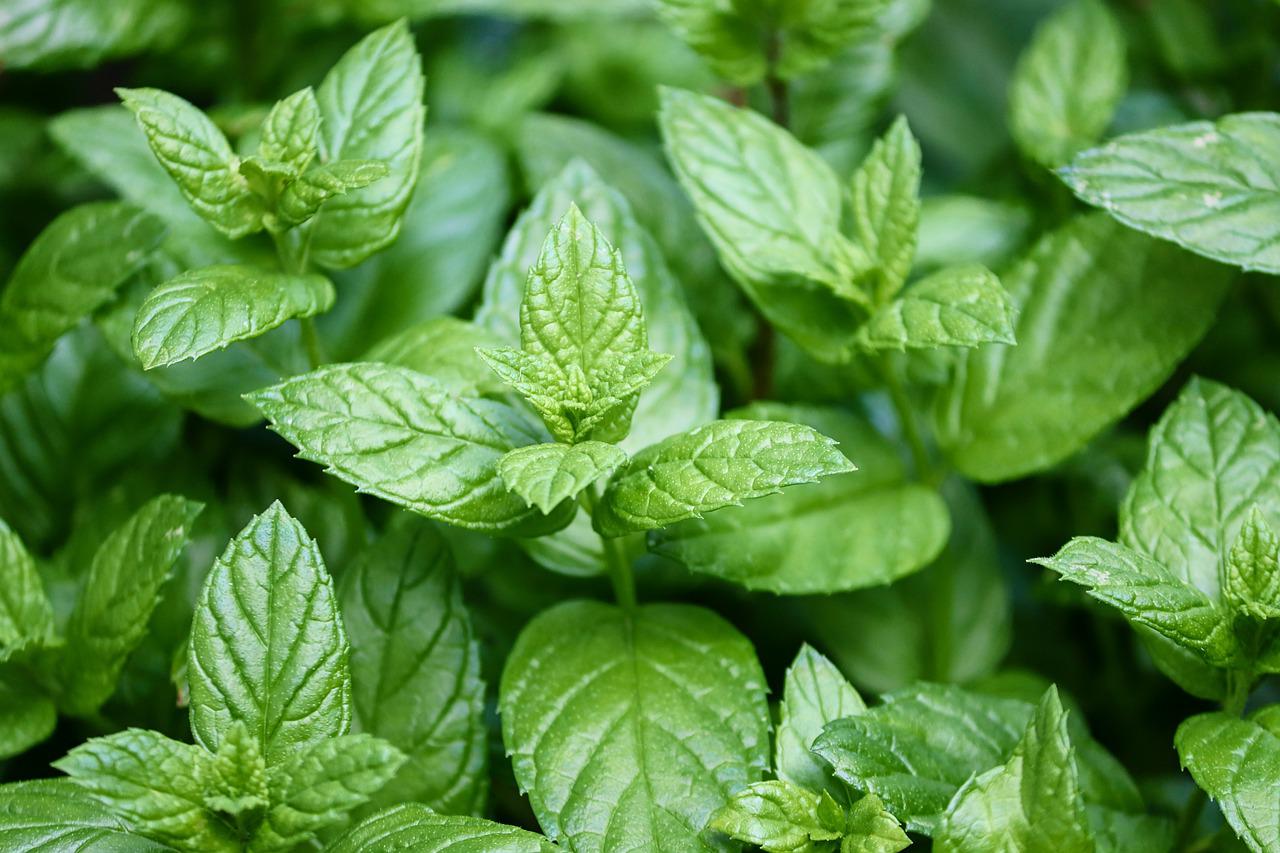
We have an insect that looks much like a boll weevil that is on the buds of our hollyhocks and sucks the flower out, so that it does not bloom. We have tried to get rid of them, and in previous year a pesticide called Eight did the trick. This year, they seem unresponsive to it. What can we use to get rid of these insects? They totally ruin our hollyhocks, and we suspect other flowering plants, as well.
I’m sorry to hear about the issues you’re facing with the insect affecting your hollyhocks. It can be frustrating when pests become resistant to treatments that previously worked. Here are a few natural controls you can try to get rid of these insects:
1. Neem oil: Neem oil is an organic pesticide that can be effective against a wide range of insects. Spray it directly on the affected buds and leaves of your hollyhocks, making sure to cover both sides of the foliage. Repeat every 7-10 days until the infestation is under control.
2. Insecticidal soap: Use a solution of insecticidal soap, which is a low-toxicity pesticide, to coat the infested areas of your plants. This soap disrupts the cell membrane of insects, ultimately killing them. Apply according to the instructions on the product and repeat as necessary.
3. Beneficial insects: Encourage natural predators like ladybugs, lacewings, and parasitic wasps to inhabit your garden. These beneficial insects feed on pests, including weevils, helping to naturally control their population. You can attract them by planting flowering plants and providing them with a habitat.
4. Manual removal: If the infestation is limited, try physically removing the insects by handpicking them off your plants. Drop them into a bucket of soapy water to ensure they don’t return. Regularly inspect your plants to catch the insects early on.
Remember to stay consistent and patient when using natural controls, as they may take time to show noticeable results. Additionally, maintaining good garden hygiene by removing weeds and debris can help prevent future infestations.